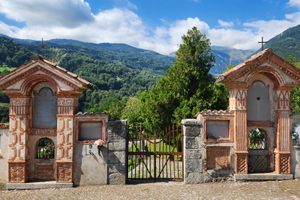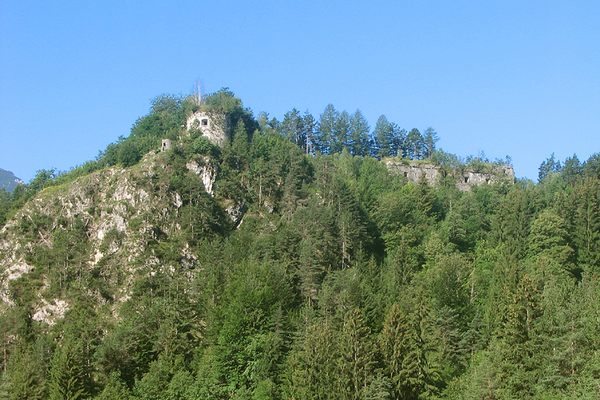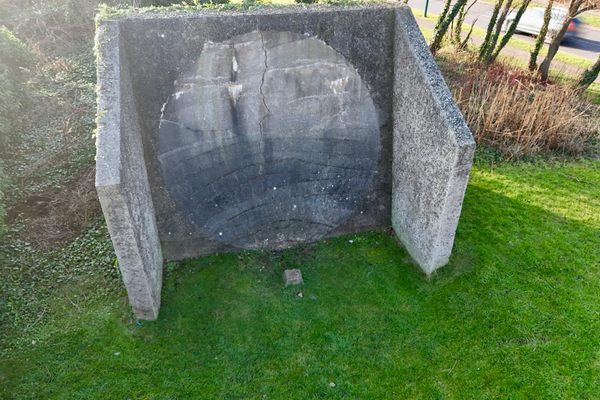About
Cima Ora Fort was constructed between 1913 and 1915, and was used during World War I. This stronghold is one of 42 forts that were built at the onset of WWI. Located near the border (at the time), the fort was built to defend the Kingdom of Italy from Austro-Hungarian forces. The invading army waged an offensive further north but soon realized that the move was strategically unsound. The withdrawal of the Austro-Hungarians made the fort redundant. The soldiers and cannons were removed from Cima Ora and redeployed elsewhere.
The fort has been plundered of all the furniture, windows, doors, and even stairs, which were made of granite. The concrete structure was no doubt built to withstand warfare, but exposure to the elements combined with plundering has left behind a precarious structure where the few floors that have not collapsed yet are on the verge. Unsurprisingly, it is forbidden to enter the fort, but there is plenty to see from the outside.
The first building along the trail was the barracks, which accommodated soldiers who were off duty. A little further up is the lower entrance to the actual fortress as well as the powder magazine. The actual fort consists of three levels. At the top of the fort were four circular pits that housed four cannons. Niches where the shells were kept are still visible on the inside of the pits. The top has commanding views of the surrounding mountains and Idro Lake further down.
Related Tags
Know Before You Go
Follow the (more or less) paved road up to Baremone Pass. From Anfo, it’s 11 kilometers of sharp bends on a mainly one-lane road. A car can get through, but it may require reversing if you meet another car going the opposite direction.
At the pass, there is no parking lot, but the road widens enough that you can park along the road. From this point onward, there are two options to reach the fort. You can walk along the dirt road that will turn into a hiking trail. This is the best route for seeing all the subsidiary buildings.
Alternatively, you can walk on the “ferrata,” a trail with a steep wall on one side and a drop on the other. This is the best route for the scenery. Either way, you should reach the fort in about 30-45 minutes. The hike requires a moderate level of fitness.
Flavors of Italy: Roman Carbonara, Florentine Steak & Venetian Cocktails
Savor local cuisine across Rome, Florence & Venice.
Book NowCommunity Contributors
Added By
Published
October 12, 2023

















































